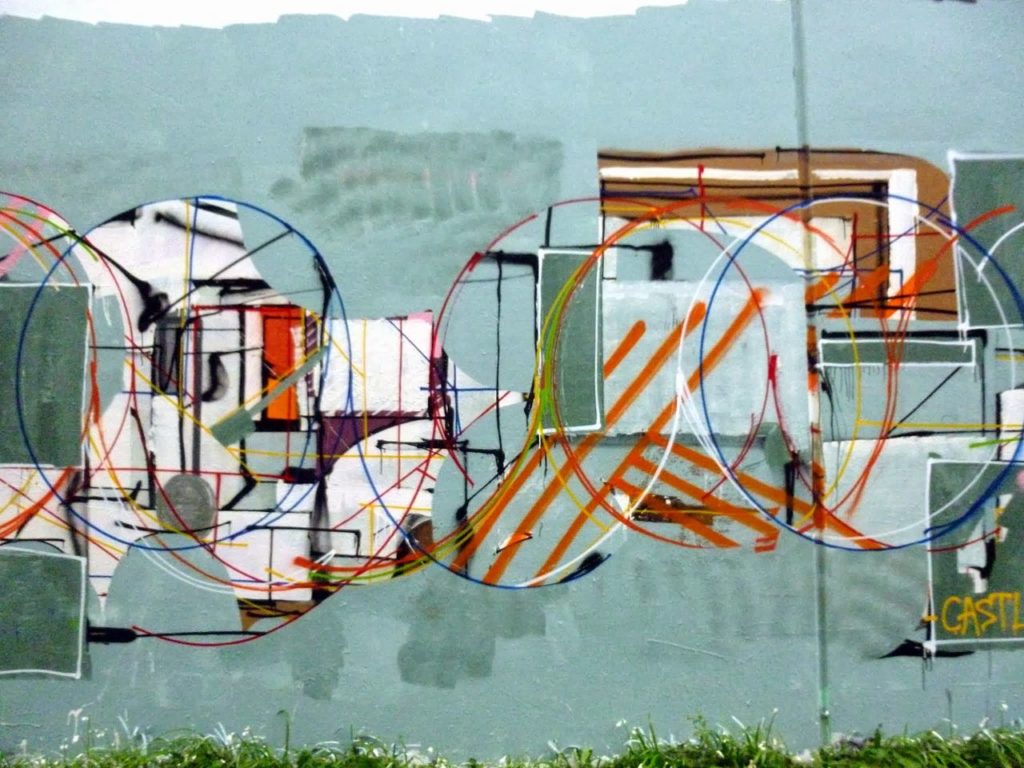
Although it may seem quite rudimentary, using contrast within art is perhaps one of the most important tools you have. This has become especially important in forms of art like impressionism and cubic art. In my Frank Zweeger’s Art blog I would really like to stress the importance of this technique, as it is beneficial to both amateur painters and professional painters alike. Contrast is everything in art. Without it, you will not be able to make any striking and beautiful paintings. In turn, this will not allow you to create the work that you want. One of the main principles of art is the striking of two elements. This can refer to anything like a rough texture next to a smooth texture, a vivid colour compared to a more muted colour, a hard edge compared to a soft edge and things of this nature. I always try to keep this principle in mind when creating my Frank Zweegers art. Using contrast, you can help draw attention to certain aspects within your painting that you want special emphasis on. Knowing when to create contrast is a valuable skill that every artist should have, it will improve your artistry massively. There are many ways to help incorporate contrast within your art and it will benefit you if you do. I always remember this in my art, as it is often the difference between a subtle result and a visually arresting one.
Value contrast means the contrast between light and dark colours. This is perhaps one of the most affective and widely used typed of contrast. Every colour has a underlaying levels of lightness, tone and depth. We are the most aware of the contrast, explaining why it is so commonly used and why it is one of the most important aspects of contrast and colour. This can be most easily recognized in pencil drawings, where the composition is largely based upon shades of the same colour but at different levels of intensity. My Frank Zweegers studio drawing sessions focus on this concept to help others grasp the impact of the stark contrast of smooth crisp white paper, with the black gravel texture of the pencil. This medium of art feels the most natural and helps to develop a sense of what forms complement and which contrast each other. Try light pencil strokes to define the contrast of texture and colour. You can use harder strokes to help contrast the colours of black and white as well. Some of my Frank Zweegers projects helps demonstrate this perfectly.